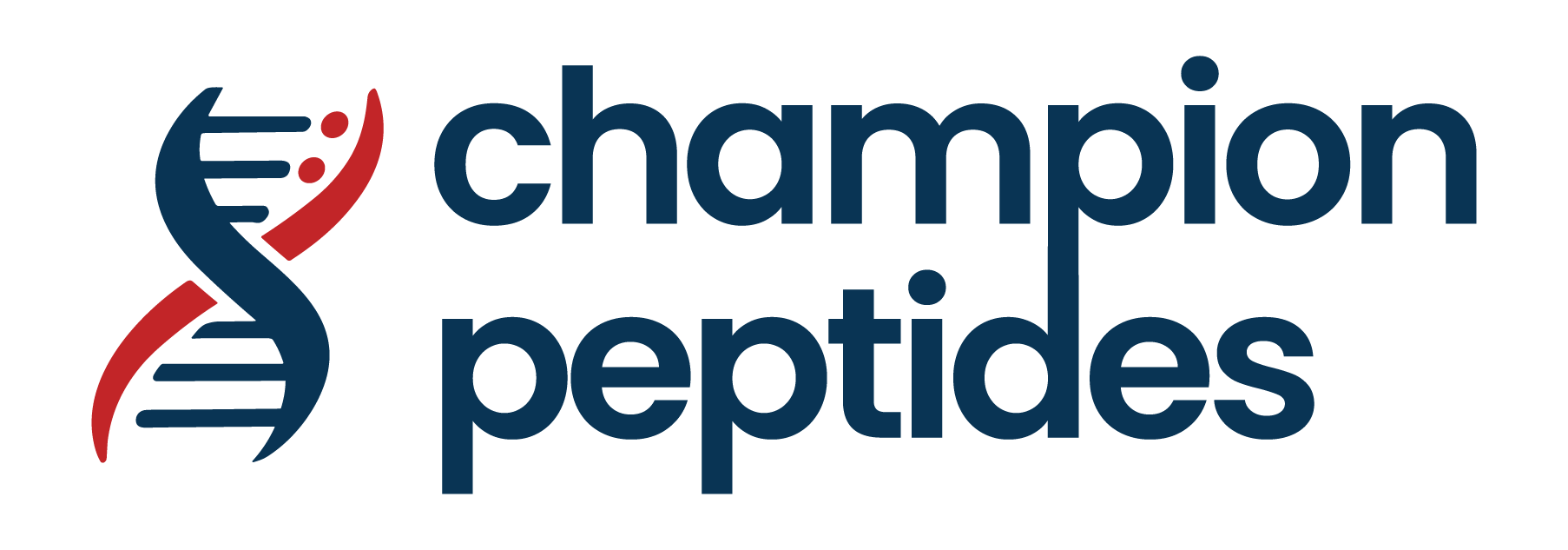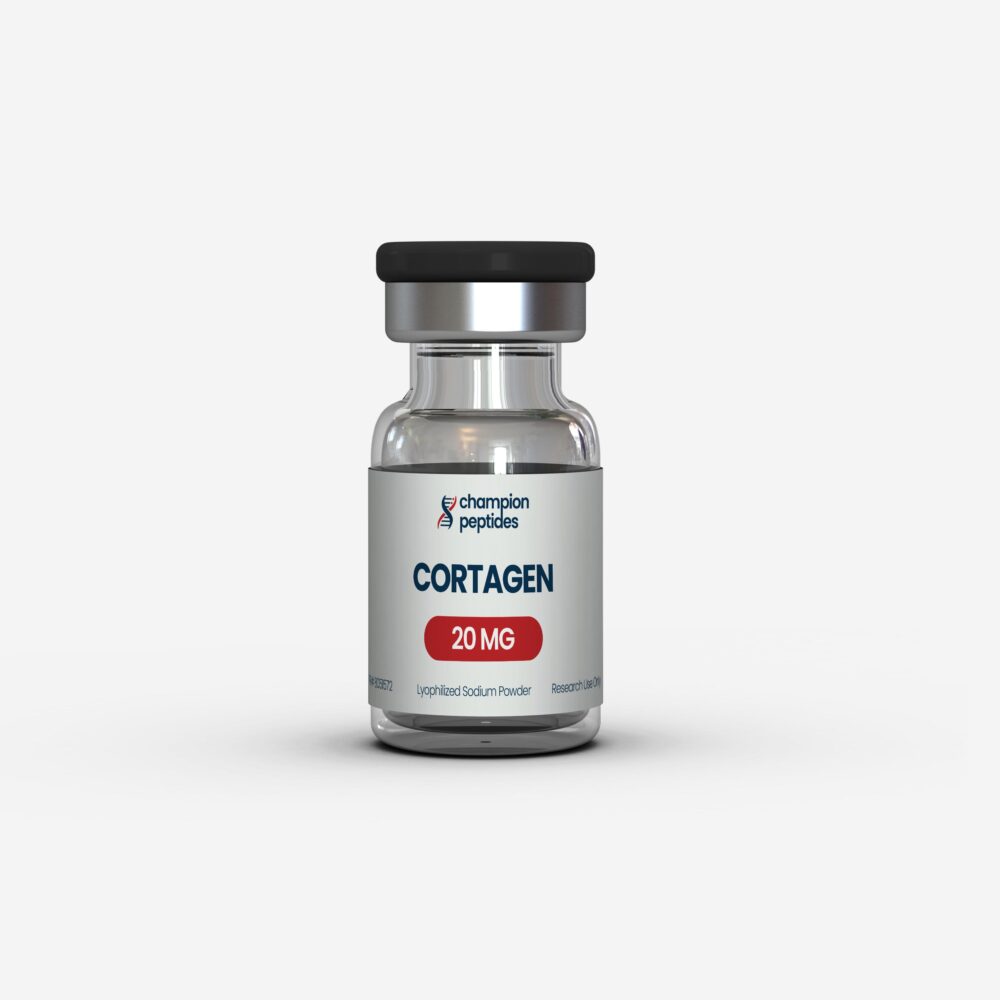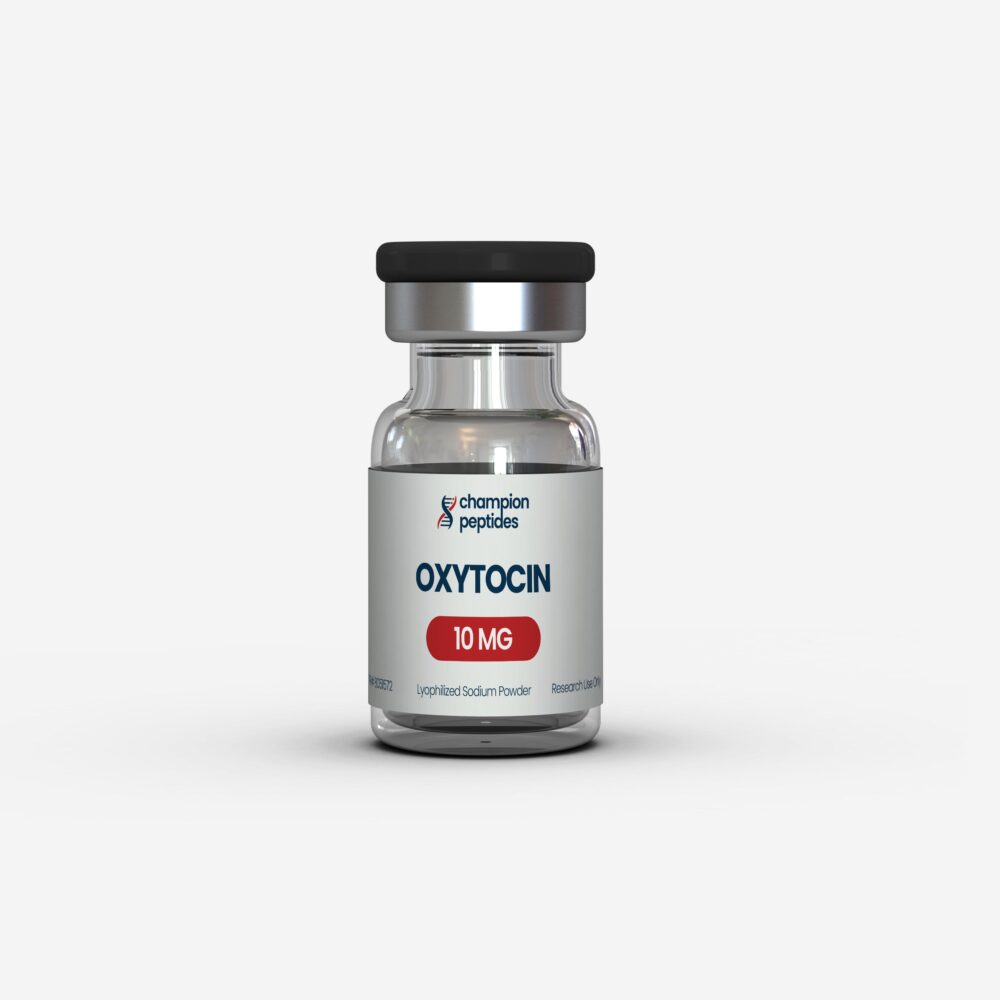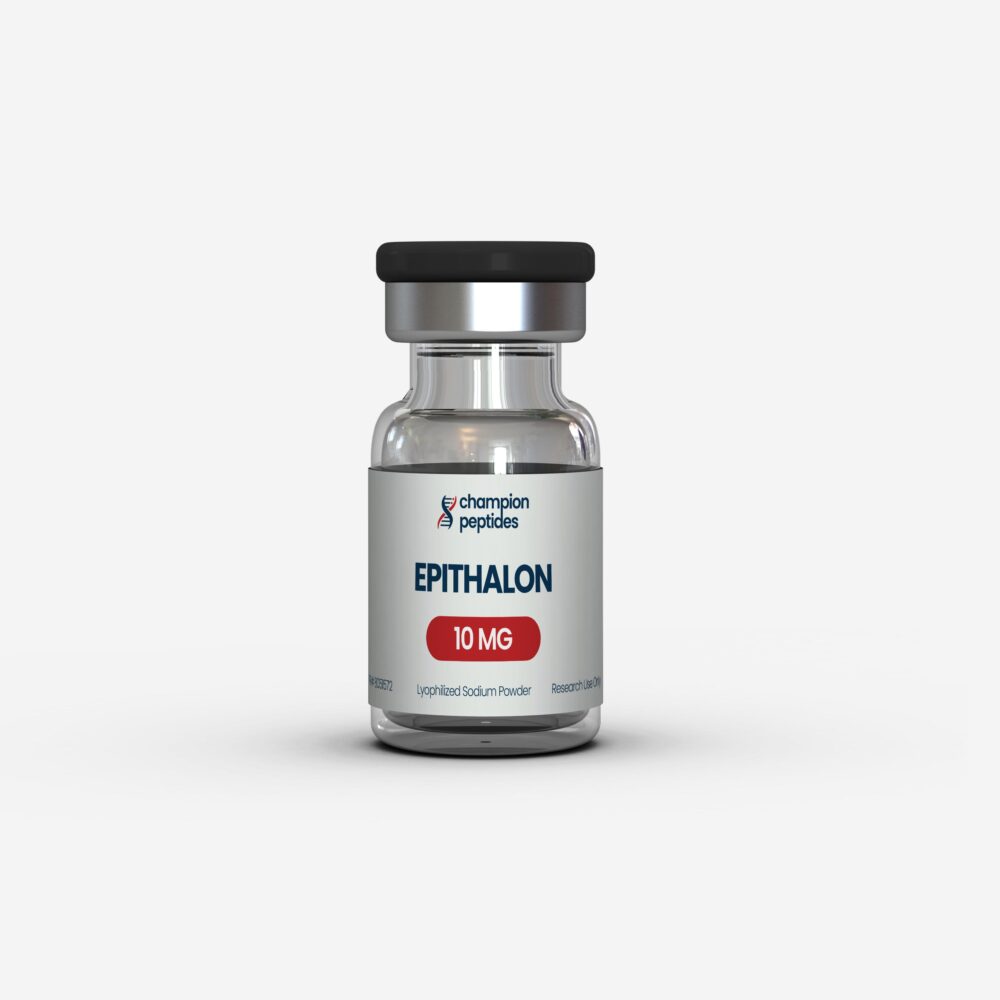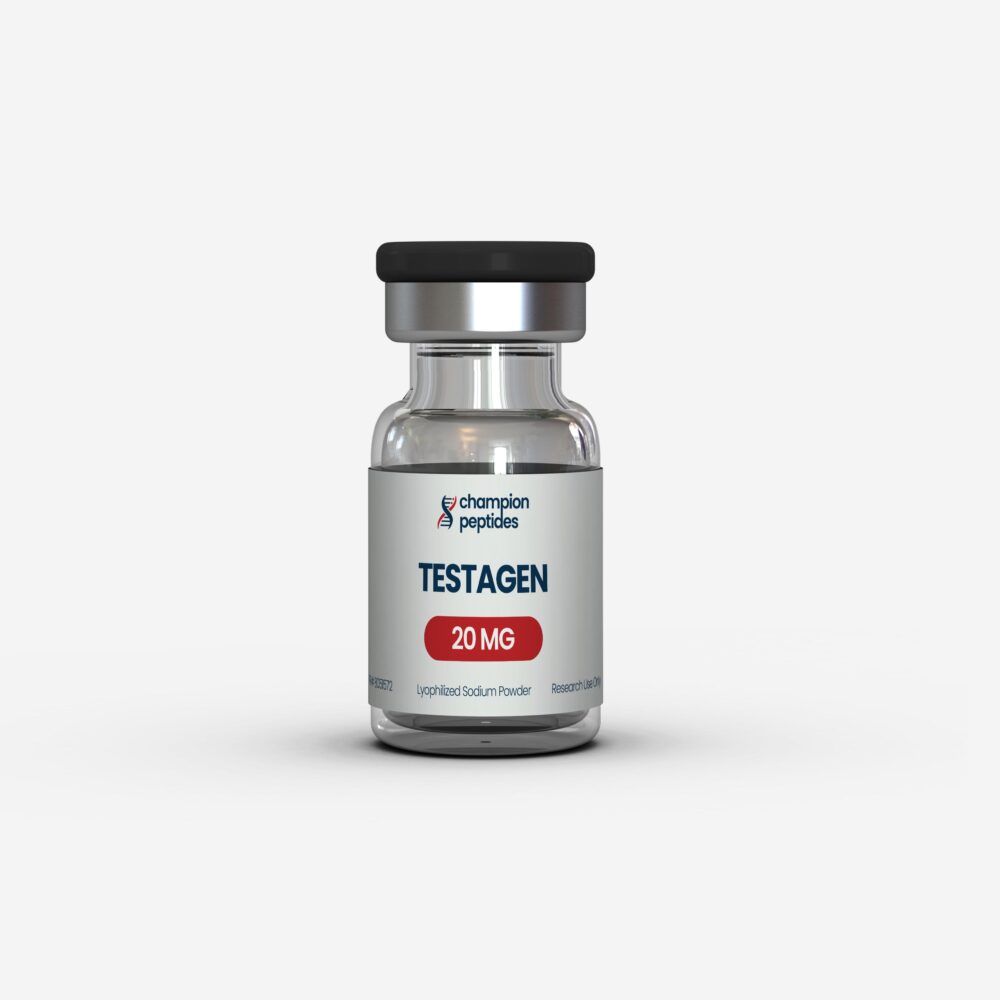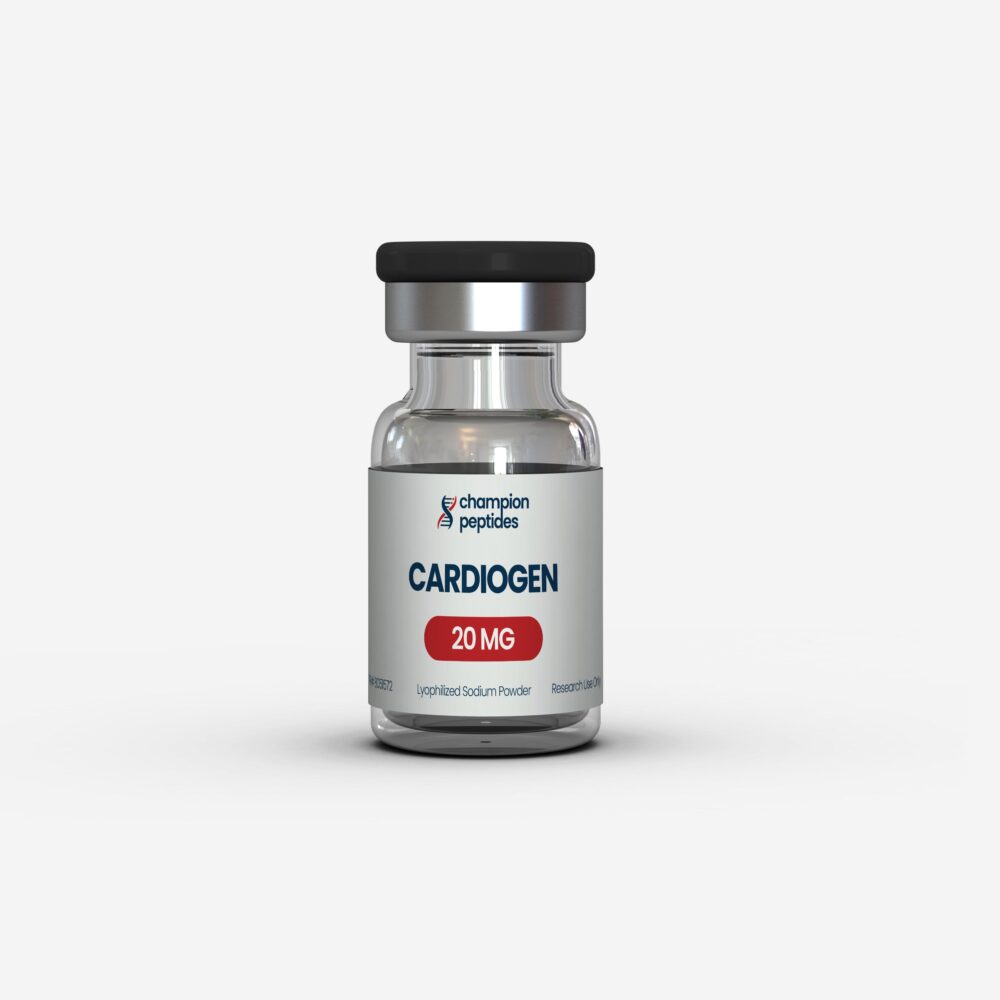- PT-141 (bremelanotide) demonstrates significant efficacy in treating hypoactive sexual desire disorder through melanocortin 3 and 4 receptor activation
- Clinical trials show improved Female Sexual Function Index scores with nasal spray administration protocols
- Research indicates 26% relative bioavailability compared to subcutaneous administration in transbuccal delivery systems
- Recent 2025 studies reveal novel applications in glioblastoma cell death induction via survivin expression suppression
- Comparative analysis demonstrates distinct advantages over traditional phosphodiesterase inhibitors through central nervous system activation
Contents
Scientific Overview and Mechanisms
PT-141, scientifically designated as bremelanotide, represents a synthetic melanocortin receptor agonist that has garnered significant attention in peptide research communities. This heptapeptide compound operates through selective activation of melanocortin 3 and 4 receptors (MC3R and MC4R), distinguishing it from conventional therapeutic approaches targeting peripheral vascular mechanisms.
The compound’s molecular structure enables it to cross the blood-brain barrier effectively, facilitating central nervous system activation that underlies its unique mechanism of action. Unlike phosphodiesterase-5 inhibitors, bremelanotide influences hypothalamic pathways involved in sexual arousal and desire regulation. Research conducted by Champion Peptides collaborators demonstrates that this peptide modulates dopaminergic and noradrenergic neurotransmission within the mesolimbic reward circuitry.
Recent investigations by Bardhan et al. (2025) in their comprehensive review published in Diseases (PMID: 41002740) highlight the broader implications of melanocortin receptor polymorphisms in inflammatory disorders. These findings expand our understanding of PT-141’s potential applications beyond its established clinical uses, suggesting involvement in immunomodulatory processes through α-MSH analog mechanisms.
The peptide’s stability profile and bioavailability characteristics have been extensively studied, with particular attention to nasal spray formulations that optimize absorption while maintaining therapeutic efficacy. Laboratory studies indicate that bremelanotide demonstrates superior pharmacokinetic properties compared to earlier melanocortin agonists, contributing to its clinical development success.
PT-141 Research Dosage Protocols
Laboratory research protocols for bremelanotide have established comprehensive dosing frameworks based on extensive clinical trial data. The dosage parameters vary significantly depending on administration route, research objectives, and population characteristics studied.
| Administration Route | Dosage Range | Research Population | Observed Outcomes | Study Duration |
|---|---|---|---|---|
| Subcutaneous | 1.75 mg | Premenopausal women with HSDD | Improved FSFI-D scores | 24 weeks |
| Nasal Spray | Variable concentration | Male subjects with ED | Enhanced erectile function | 12 weeks |
| Transbuccal Patch | 26% bioavailability | Beagle model studies | Sustained absorption | 10 minutes application |
| Intravenous | Research protocols | Laboratory investigations | Immediate bioavailability | Acute studies |
The RECONNECT trial series established the foundation for current dosing recommendations, with 1.75 mg subcutaneous administration demonstrating optimal efficacy-to-side-effect ratios. Research indicates that this compound requires precise timing protocols, typically administered 45 minutes prior to anticipated sexual activity in clinical studies.
Recent bioavailability studies by Krupke et al. (2025) published in the Journal of Controlled Release (PMID: 40513668) introduced innovative delivery mechanisms using biodegradable polymers. Their research with PT-141 10mg formulations demonstrated sustained release characteristics that could revolutionize future therapeutic applications.
Dosage calculator protocols developed by research institutions incorporate patient-specific factors including body weight, medical history, and concurrent medications. These laboratory applications require careful consideration of individual pharmacokinetic variations, particularly regarding hepatic metabolism and renal clearance pathways.
Research dosing protocols emphasize the importance of standardized preparation methods, with lyophilized peptide reconstitution requiring bacteriostatic water and appropriate pH buffering. Laboratory studies consistently demonstrate that improper reconstitution can significantly impact bioavailability and therapeutic outcomes.
Clinical Research Evidence
Recent Studies (2024-2025)
The clinical research landscape for bremelanotide has expanded considerably with multiple groundbreaking studies published in leading scientific journals. Toledo et al. (2024) conducted a comprehensive systematic review and meta-analysis examining treatments for female sexual desire, arousal, and orgasmic dysfunction, published in the Journal of Minimally Invasive Gynecology (PMID: 40543759). Their analysis demonstrated that bremelanotide significantly improved total Female Sexual Function Index scores and both desire and arousal subscales compared to placebo controls.
Particularly noteworthy research by Suzuki et al. (2024) published in Anticancer Research (PMID: 39197897) revealed novel applications of bremelanotide in glioblastoma treatment. Their laboratory investigations demonstrated that melanocortin receptor agonists could induce cell death through survivin expression suppression, opening entirely new research avenues beyond traditional sexual dysfunction applications.
The FDA approval pathway studies continue to generate significant research interest, with multiple institutions investigating optimal patient selection criteria. Bhinder et al. (2025) published comparative guideline analysis in Supportive Care in Cancer (PMID: 40518469), examining recommendations from ASCO, NCCN, and SOGC organizations. Their research highlighted bremelanotide’s position among evidence-based treatments for sexual health concerns in cancer survivorship populations.
Syrian hamster model studies conducted by Borland et al. (2025) and published in Neuropharmacology (PMID: 39793696) provided crucial insights into neurobiological mechanisms. Their research demonstrated that melanocortin 3 and 4 receptor expression occurs primarily in dopamine neurons within the ventral tegmental area, with fewer receptor populations in nucleus accumbens interneurons.
Clinical research comparing bremelanotide with alternative treatments continues to evolve. Stanley et al. (2025) published observational research in the Journal of General Internal Medicine (PMID: 39231849) examining primary care management patterns. Their analysis of 6,540 female patients revealed significant disparities in treatment approaches, with important implications for peptide-based therapeutic accessibility.
The RECONNECT trial data continues to generate secondary analyses, with researchers examining long-term efficacy and safety profiles. Recent publications emphasize the importance of proper patient selection, with particular attention to psychological factors that may influence treatment outcomes.
Delivery system innovations represent another major research focus, with multiple teams investigating alternatives to subcutaneous injection. The biodegradable suction patch research demonstrates promising results for sustained transbuccal delivery, potentially addressing patient compliance challenges identified in earlier clinical trials.
PT-141 Research Comparison
| Parameter | PT-141 (Bremelanotide) | PDE5 Inhibitors | Research Significance |
|---|---|---|---|
| Mechanism of Action | Central melanocortin receptor activation | Peripheral vasodilation | Distinct therapeutic pathways |
| Onset Time | 45 minutes | 30-60 minutes | Comparable therapeutic windows |
| Duration of Effect | Up to 6 hours | 4-36 hours (varies) | Intermediate duration profile |
| Gender Specificity | Effective in both sexes | Primarily male populations | Broader therapeutic applications |
| Side Effect Profile | Nausea, flushing, decreased appetite | Headache, visual disturbances | Different safety considerations |
| Administration Route | Subcutaneous, nasal, transbuccal | Oral, sublingual | Multiple delivery options |
| Contraindications | Uncontrolled hypertension, cardiovascular disease | Nitrate therapy, cardiovascular conditions | Similar cardiovascular precautions |
Comparative research analysis reveals that bremelanotide offers unique advantages through its central nervous system targeting approach. Unlike conventional treatments that focus on peripheral vascular mechanisms, this compound addresses the psychological and neurochemical components of sexual dysfunction directly.
Research conducted by How et al. (2025) in Clinical Obstetrics and Gynecology (PMID: 39846877) demonstrates superior efficacy in female populations compared to traditional approaches. Their analysis indicates that melanocortin-based therapeutics provide more comprehensive treatment of desire-related disorders through hypothalamic pathway modulation.
The comparative advantage becomes particularly evident in populations with comorbid conditions. Research indicates that patients with diabetes mellitus or cardiovascular disease may benefit from bremelanotide’s alternative mechanism, potentially avoiding complications associated with vasodilatory approaches.
Side effect profiles demonstrate distinct patterns, with bremelanotide showing higher incidence of gastrointestinal symptoms but lower rates of visual disturbances. This differential safety profile influences patient selection criteria and treatment protocols in clinical research settings.
Research Community Perspectives
Scientific research communities have demonstrated increasing interest in bremelanotide applications beyond traditional sexual dysfunction indications. Laboratory discussions focus extensively on the compound’s potential in neurological conditions, with particular attention to stroke recovery and cognitive enhancement applications.
Recent research interest indicators suggest expanding investigation into melanocortin receptor roles in metabolic disorders. Community researchers are exploring connections between PT-141 mechanisms and appetite regulation, building on established knowledge of melanocortin system involvement in energy homeostasis.
The peptide research community has identified several promising research directions, including combination therapy protocols and novel delivery mechanisms. Peptide stacking approaches with neurotropic compounds represent an active area of investigation, particularly for cognitive enhancement applications.
Translational research perspectives emphasize the importance of understanding individual variability in melanocortin receptor expression and function. Community researchers advocate for personalized medicine approaches that consider genetic polymorphisms affecting treatment response patterns.
Safety research discussions within the scientific community focus on long-term effects and optimal dosing protocols. Researchers emphasize the need for extended studies examining potential tolerance development and withdrawal characteristics associated with chronic administration.
Development Timeline and Research Availability
The development timeline for bremelanotide spans over two decades of intensive research and clinical investigation. Initial discovery work began in the 1990s with melanocortin receptor characterization, leading to systematic development of selective agonists with therapeutic potential.
Phase I clinical trials commenced in the early 2000s, establishing basic safety profiles and pharmacokinetic parameters. These foundational studies provided crucial dose-ranging data that informed subsequent clinical development programs.
The pivotal RECONNECT trial program represented a major milestone in bremelanotide development, with Phase III studies demonstrating efficacy in premenopausal women with hypoactive sexual desire disorder. These trials established the regulatory foundation for FDA approval in 2019.
Current research availability focuses on laboratory investigations examining novel applications and delivery mechanisms. Research institutions worldwide continue investigating melanocortin receptor biology, with particular emphasis on therapeutic applications in neurological and metabolic disorders.
Future development timelines include ongoing studies examining pediatric applications, extended-release formulations, and combination therapy protocols. Regulatory agencies continue evaluating expanded indications based on emerging clinical evidence.
Research Applications and Laboratory Access
Laboratory applications of bremelanotide encompass diverse research objectives ranging from basic receptor pharmacology to clinical investigation protocols. Research institutions utilize standardized preparation methods ensuring consistent experimental conditions across multiple study sites.
Current research protocols emphasize proper storage and handling procedures essential for maintaining peptide integrity. Laboratory-grade PT-141 requires refrigerated storage conditions and appropriate reconstitution techniques to preserve biological activity throughout experimental timeframes.
Research applications include receptor binding studies, cellular signaling investigations, and animal model research examining therapeutic mechanisms. These laboratory studies provide crucial data supporting clinical development programs and expanding therapeutic applications.
Quality control procedures for research applications involve analytical testing confirming peptide purity, potency, and sterility. Laboratory standards require comprehensive documentation ensuring reproducible experimental conditions and reliable research outcomes.
Institutional research protocols incorporate appropriate ethical oversight and regulatory compliance requirements. Research applications must demonstrate scientific merit and appropriate safety monitoring throughout experimental procedures.
Research collaboration networks facilitate data sharing and protocol standardization across multiple institutions. These collaborative approaches accelerate discovery timelines and enhance research quality through peer review and validation processes.
Frequently Asked Questions
How does PT-141 work differently from other treatments for sexual dysfunction?
PT-141 operates through central nervous system melanocortin receptor activation, specifically targeting MC3R and MC4R in hypothalamic regions. Unlike peripheral vasodilators, this mechanism addresses psychological and neurochemical components of sexual desire directly. Research demonstrates that bremelanotide modulates dopaminergic pathways involved in arousal and motivation, providing therapeutic benefits for both male and female populations through distinct neurobiological mechanisms.
What are the most common PT-141 side effects reported in clinical trials?
Clinical research indicates that the most frequently reported side effects include nausea (experienced by approximately 40% of subjects), flushing, decreased appetite, and injection site reactions. These effects are typically mild to moderate in severity and tend to decrease with continued use. Research protocols emphasize the importance of proper dosing and administration timing to minimize adverse effects while maintaining therapeutic efficacy.
How long does PT-141 last in research studies?
Laboratory studies demonstrate that PT-141 effects typically persist for 6-8 hours following administration, with peak plasma concentrations occurring 45-60 minutes post-injection. Research indicates that the therapeutic window varies based on individual pharmacokinetic factors, administration route, and dosing protocols. Extended-release formulations under investigation may provide longer duration effects suitable for specific research applications.
Can PT-141 be used in combination with other peptides for research?
Research protocols investigating peptide combinations require careful consideration of potential interactions and synergistic effects. Current studies examine PT-141 combinations with neuroprotective compounds and metabolic modulators under controlled laboratory conditions. Research combinations must be conducted with appropriate safety monitoring and institutional oversight to ensure experimental validity and participant safety throughout investigation periods.
What is the proper PT-141 dosage for research applications?
Research dosage protocols typically range from 0.5-2.0 mg depending on experimental objectives, with 1.75 mg representing the most extensively studied dose in clinical trials. Laboratory applications require precise reconstitution using bacteriostatic water and sterile techniques. Research protocols emphasize that dosing must be determined based on specific experimental requirements and appropriate regulatory oversight for all investigational applications.
Does PT-141 increase testosterone levels in research subjects?
Current research indicates that PT-141 does not directly influence testosterone production or serum levels. The compound operates through melanocortin receptor pathways independent of hypothalamic-pituitary-gonadal axis modulation. Laboratory studies demonstrate that therapeutic effects occur through central nervous system neurotransmitter regulation rather than hormonal mechanisms, distinguishing bremelanotide from androgenic therapeutic approaches.
Is PT-141 available in pill form for research purposes?
Research applications currently utilize injectable formulations and novel delivery systems including nasal sprays and transbuccal patches. Oral bioavailability remains limited due to peptide degradation in gastrointestinal environments. Recent research by biotechnology companies investigates enteric-coated formulations and absorption enhancers that may enable oral administration for future research applications while maintaining peptide stability and therapeutic activity.
What are the differences between PT-141 for men versus women in research?
Research demonstrates that PT-141 mechanisms remain consistent across gender populations, though clinical response patterns may vary. Female studies focus primarily on desire and arousal parameters, while male research examines erectile function and performance outcomes. Laboratory investigations suggest that melanocortin receptor expression and function show minimal gender-based differences, supporting the compound’s broad therapeutic potential across diverse research populations and applications.
Are there any PT-141 nasal spray dosage research protocols?
Nasal spray delivery research focuses on optimizing absorption while reducing systemic side effects. Current protocols investigate various concentrations and delivery volumes to achieve therapeutic plasma levels comparable to subcutaneous administration. Research indicates that nasal delivery may provide more consistent absorption patterns with reduced injection site reactions, though optimal formulation parameters continue to be refined through ongoing laboratory investigations and clinical studies.
Conclusion
PT-141 represents a significant advancement in peptide research with applications extending far beyond its initial therapeutic indications. The comprehensive clinical evidence demonstrates that bremelanotide offers unique advantages through melanocortin receptor targeting, providing therapeutic benefits through central nervous system mechanisms distinct from conventional approaches.
Recent research developments continue expanding our understanding of this compound’s potential applications, with particular promise in neurological conditions and metabolic disorders. The growing body of evidence supports continued investigation into novel delivery mechanisms and combination therapy protocols that may enhance therapeutic outcomes.
The research landscape surrounding PT-141 continues evolving rapidly, with multiple institutions investigating expanded applications and improved formulations. Champion Peptides remains committed to supporting these research efforts through provision of high-quality research materials and comprehensive analytical documentation.
Future research directions emphasize personalized medicine approaches that consider individual genetic variations affecting melanocortin receptor function. These developments promise to enhance treatment efficacy while minimizing adverse effects through targeted therapeutic strategies.
The scientific community’s continued interest in bremelanotide research reflects its significant potential for addressing unmet medical needs across multiple therapeutic areas. As our understanding of melanocortin biology advances, PT-141 applications will likely expand into new research domains, establishing this peptide as a cornerstone of modern therapeutic development programs.
